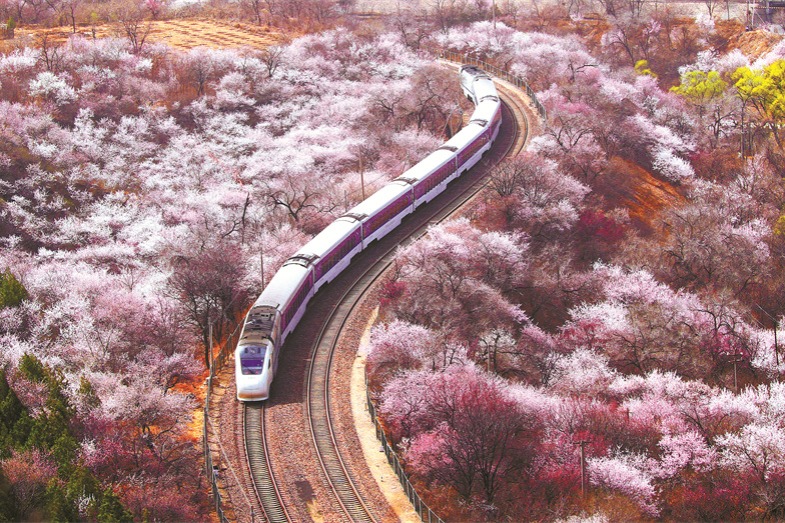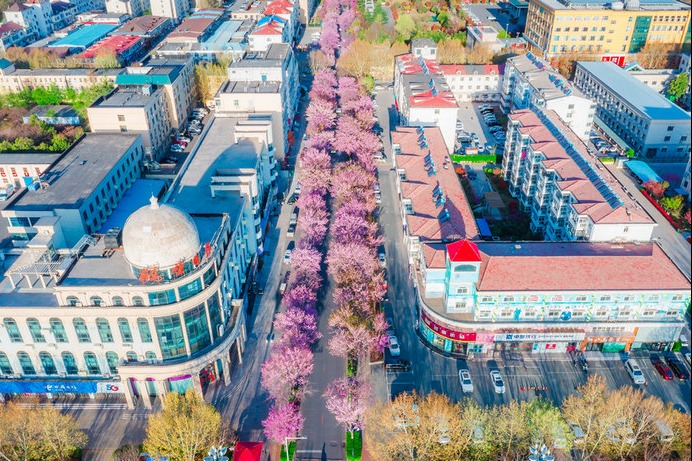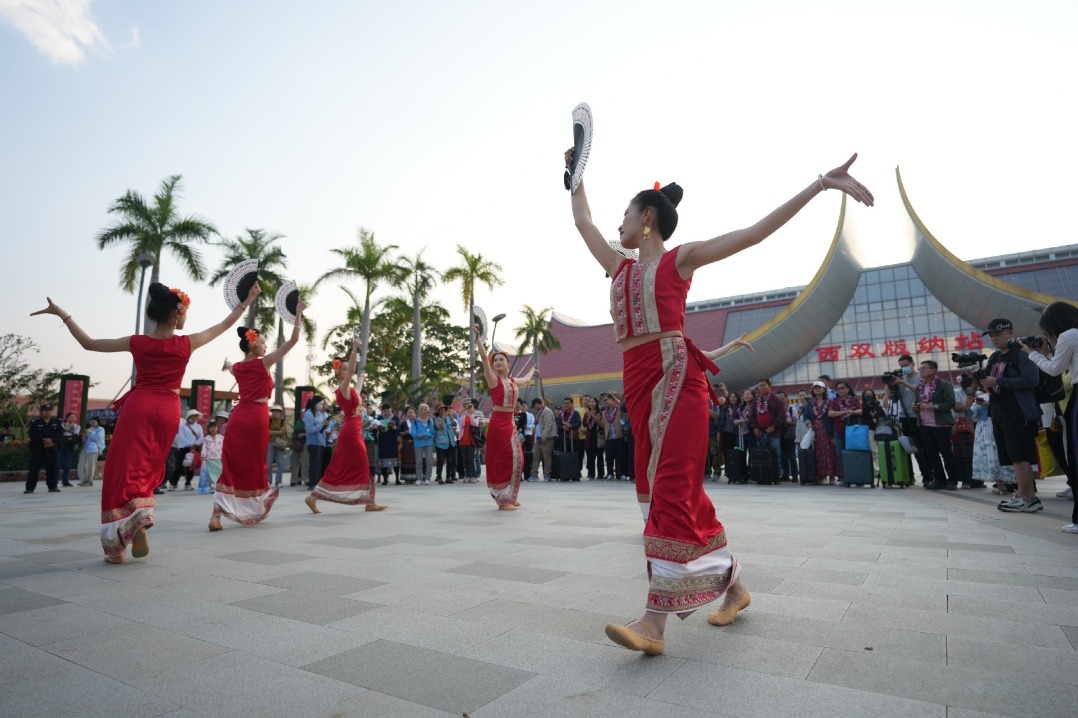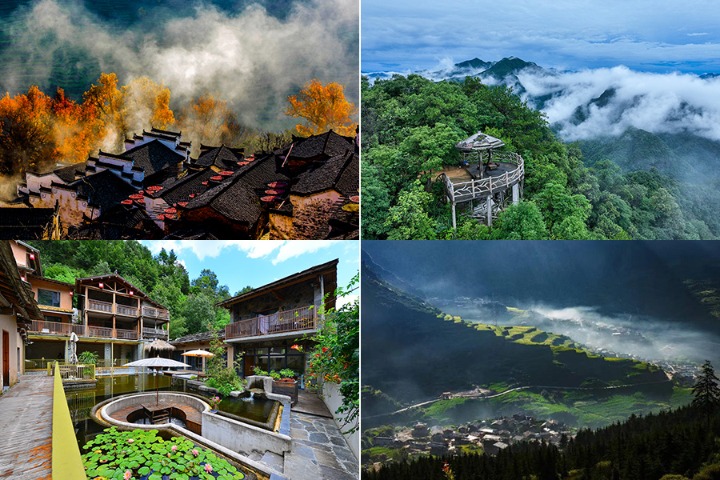Flowing treasure


The longest man-made river in the world - the Grand Canal - is a UNESCO heritage site and famous tourist destination
The Grand Canal, a UNESCO World Heritage site, is the longest man-made river in the world and a famous tourist destination as well. And the river has been flowing for 2,500 years.
It was the "golden waterway" for transportation in ancient times. But now, it has become a treasure trove of cultures and a corridor of scenic spots and cultural innovation.
In the late Spring and Autumn period (770-476 BC), Fuchai, the king of the State of Wu, ventured north to attack the State of Qi.
So, he ordered that a canal be constructed for trading purposes, as well as a way to ship supplies north. This canal became known as the Han Gou, or "Han Conduit".
Work on it began in 486 BC, from south of Yangzhou city to north of Huai'an city in Jiangsu, East China.
Within three years, the Han Gou connected the Yangtze River with the Huaihe River. And with further development it becomes today's Grand Canal.
The canal now runs between Beijing and Hangzhou over a length of 1,794 km. Its course is divided into seven sections from south to north, including the Jiangnan Canal, the Liyunhe Canal and the Tonghui River.

































